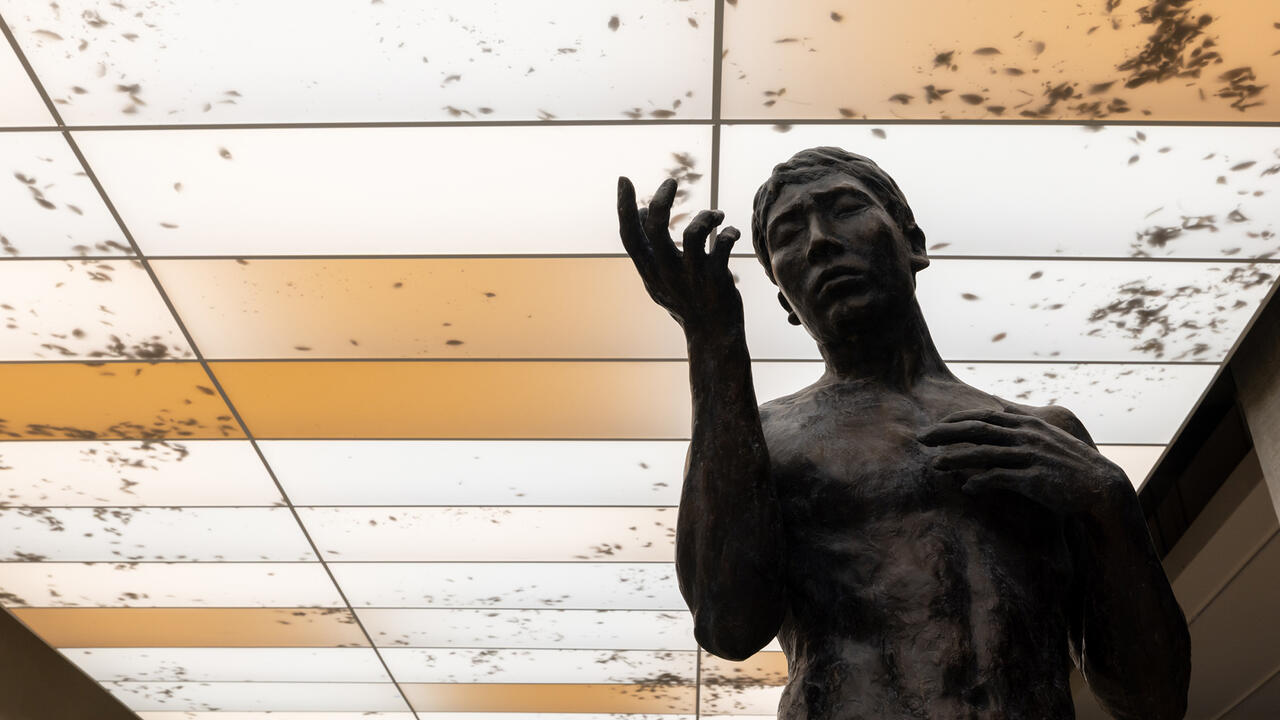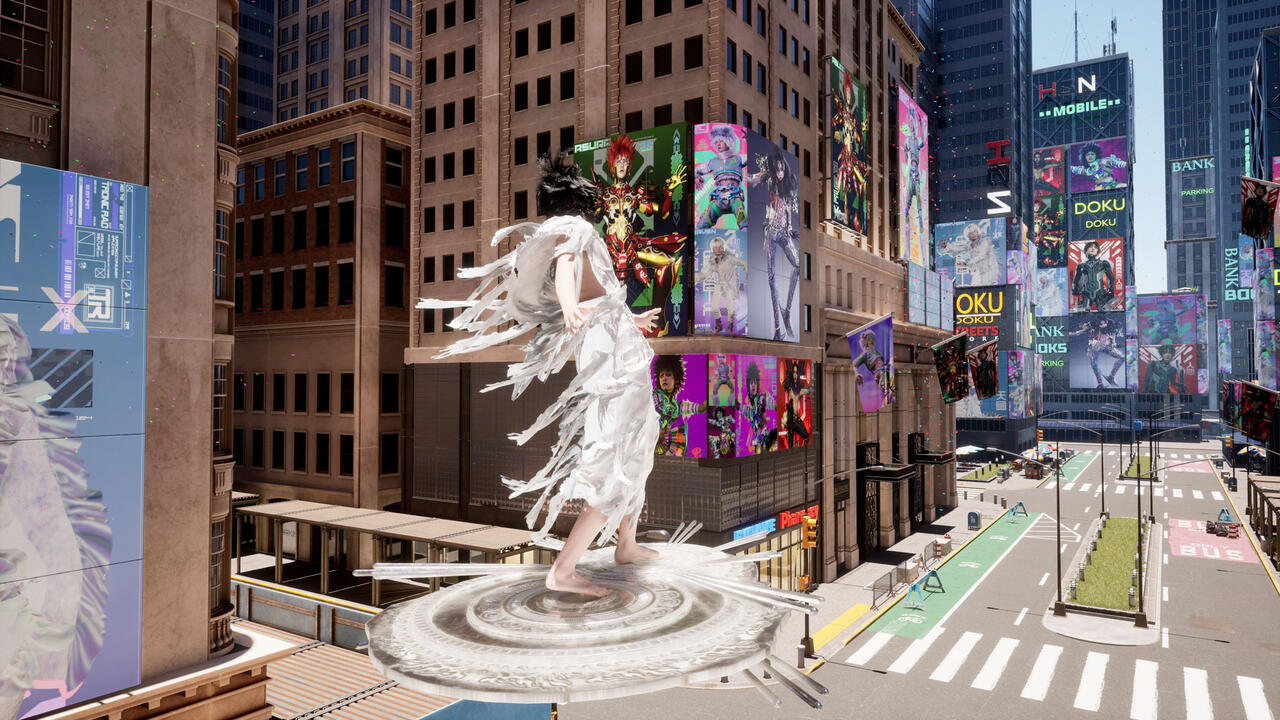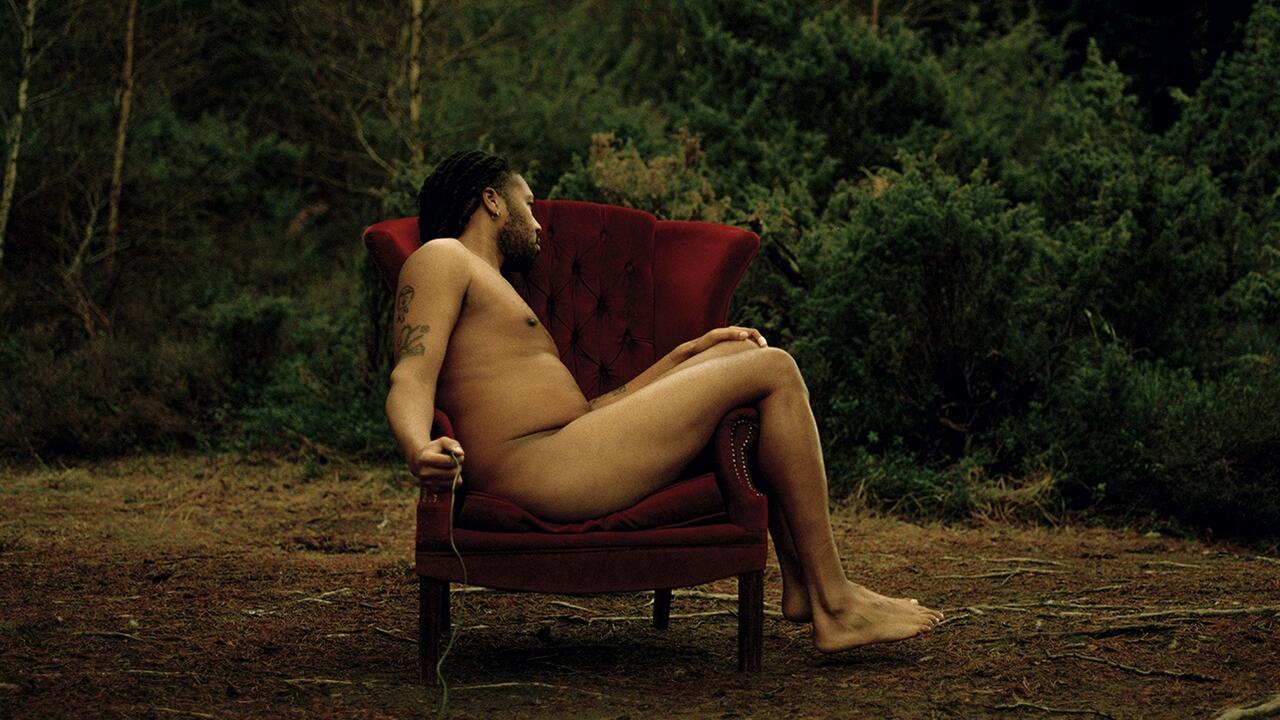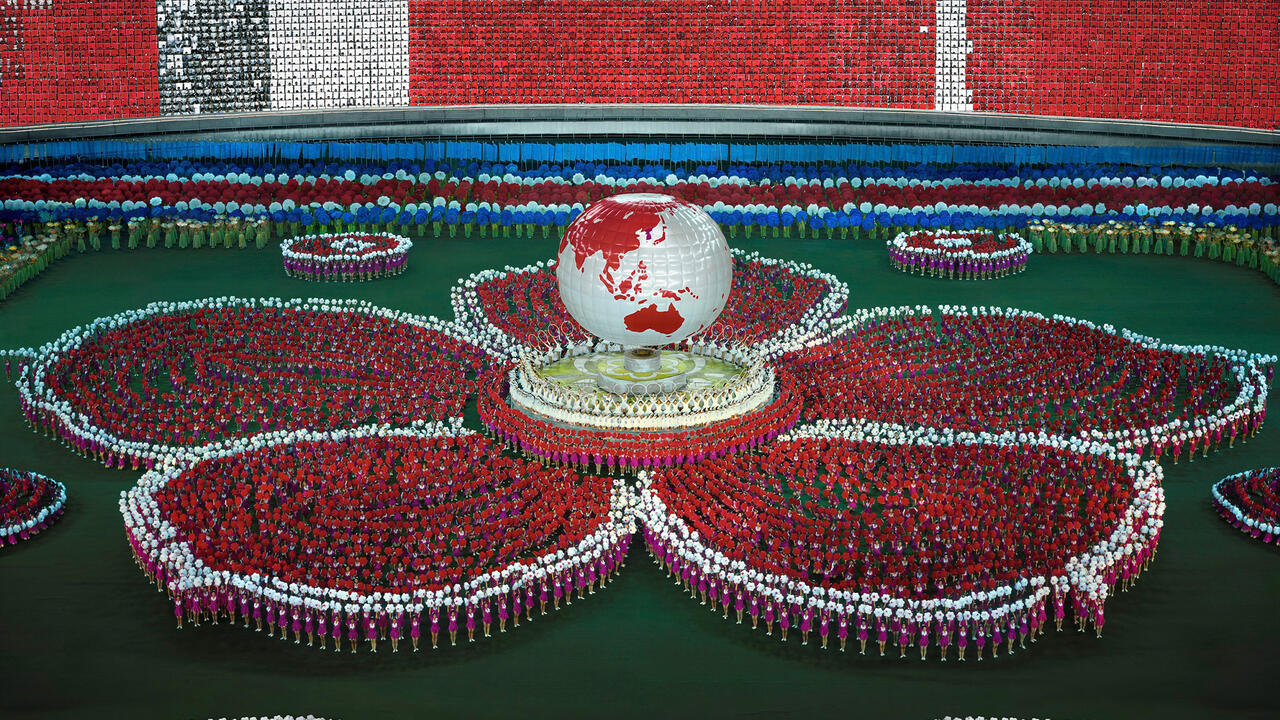Model Living
Constant's New Babylon
Constant's New Babylon

Model making is about imagining yourself small. As a child, I was too impatient to get into the Airfix thing; Lego was by far my favourite. Lying on the floor, bricks everywhere, imagining myself the same scale as the little yellow figures whose destiny was being shaped, I became part of the world I was creating. Lego was about being up close - pressing your face to the buildings, peering through tiny windows - rather than looking down as an aloof Legoland Olympian.
Constant Nieuwenhuys' New Babylon maquettes, photographed by his son Victor, are the product of a model maker's eye. Few bird's-eye images exist of Constant's projected psychogeographic paradise - he wanted you to feel like a New Babylonian and see with the eyes of a convert. Layers of girders mesh themselves out before you in vast scaffolding arrangements; tracing a path along what seems to be a corridor, you're suddenly confronted with a towering steel barrier, or a precipitous drop to the traffic below. He wouldn't allow you to pull back - it would be an anathema to his polemic.
Constant was an architectural evangelist, travelling and publishing extensively. Films and lectures were accompanied by recordings of how his city might sound - propaganda designed to give the impression that New Babylon was just round the corner, already under construction. His city was intended to be the direct result of human activity, or, more precisely, play. Accepted ideas of urban planning were rejected as too prescriptive of spatial and social motion. Constant's city would fit so snugly within the sphere of future human activity as to become the activity itself. Elaborating Huizinga's theories on the play aspect of culture, Constant believed Homo Sapiens would fast evolve into Homo Ludens - Man the player - and yield new living patterns in a future world of automation, in which scarcity and poverty were things of the past.
Getting lost is often a good way to get to know a city. New Babylon was an attempt to perpetuate the surprise and delight that comes from rounding a corner and finding the sunlight hitting a beautiful building at just the right angle; from happening upon the intriguing, the charming, or plain terrifying. What fascinated Constant about cities, discovered through his psychogeographic 'research' with the Situationists, was exactly such encounters with alleyways, moonlit streets, curiously-weathered old buildings, and districts whose seductiveness lay more in the legends and stories associated with them than anything fundamental in their structure.
New Babylon was to be the synthesis of disorientation and discovery, its labyrinthine architecture at the citizen's disposal. Walls could be moved, floors and ceilings shifted. The temperature, lighting, humidity and visibility could all be controlled. Everything that constitutes ambience would be available for your use and pleasure. The trouble is, you can't construct the romance of chance: the poetry of a beautiful 'situation' often derives from the contrasting mundanity surrounding it. For the wandering tourist, disorientation is never the objective - its pleasure stems from the satisfaction of moving one step closer to being a 'local'. In Constant's city of relentless poetry, one can't help feeling that the sense of ennui would be unbearable.
New Babylon was designed as a suspended structure, supported on a pilotis system that snaked through and above existing cities until everything was linked in a giant global network. Extensive research went into the technical aspects of the proposed city. Perspex, glass, steel and titanium were the new building technologies, and Constant gained expert knowledge of their application. Every element could have been built. But he was reluctant to prescribe the way the city was to appear or actually be constructed: the designs were 'like a work of art, nothing but a suggestion', an 'experimental thought and play model'. 1 Mostly vague and suggestive web structures, reminiscent of Konrad Waschmann's Space-frames, the models hint at scale rather than dictating it, and are as nebulous in appearance as in theory. Just how the city was to be automated was not his concern - that was for the future to deal with.
For such a socially focused project - 'another city for another life' - New Babylon seems curiously devoid of people. Occasionally there's the odd model car, or a photomontaged figure lurking in the shadows, but, on the whole, New Babylonians existed as ethereal beings in lecture papers and journal articles.
Trying to imagine the new life Constant proposed, one can't help wondering how the human desire for stability would be accommodated, or, amidst the perpetual group activity, the need for solitude. As any unreconstructed Smiths fan can testify, the solitude of the bedroom is a great boon in getting through those confused teenage years. How can one find a respite from change when your own little space is constantly invaded as people follow their 'urban desires'? If, like Voltaire, you believe that Man is 'false, cozening, faithless, ungrateful, thieving, weak, inconstant, mean-spirited, envious, greedy, drunken, miserly, ambitious, bloody, slanderous, debauched, fanatic, hypocritical and stupid', what chance does Homo Ludens have? 2 But utopian visions have a tendency to avoid such questions. In their attempt to convince, they concentrate so much on detail that they often go wide of the humanitarian mark, missing the fundamental questions of what makes life happy and bearable.
They say travelling is the best way to get to know your home. In a sense, New Babylon is the model expression of oblique navigational strategy. Perhaps reading Constant's project as a utopian proposal is to miss the point. It was never meant to be realised in a concrete sense: pamphlets, lectures, films, manifestos, newspapers, models, paintings, photographs, drawings, collages and TV documentaries built New Babylon - a diffuse version of its legendary namesake. Constant's varied activities wove it into a microcosmic projection of what humans do anyway - travel, play, adapt and communicate with each other. In a strange kind of way, New Babylon already exists.
1. Constant, Constant Amsterdam, Städtische Kunstgalerie, Bochum, 1961
2. Voltaire, Candide, or Optimism, 1758; translated by John Butt, Penguin, London, 1947















